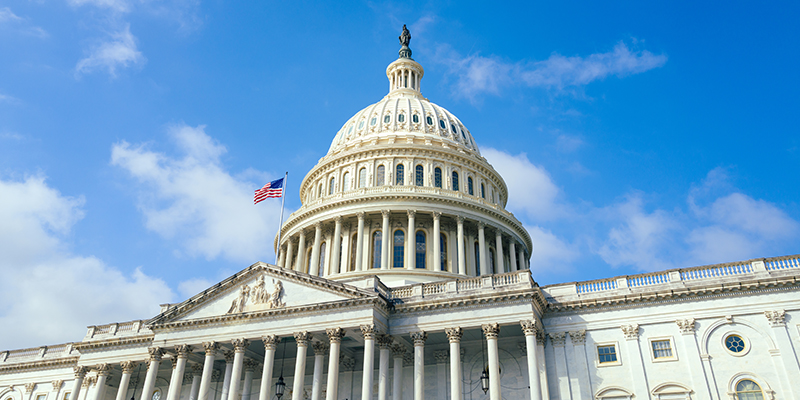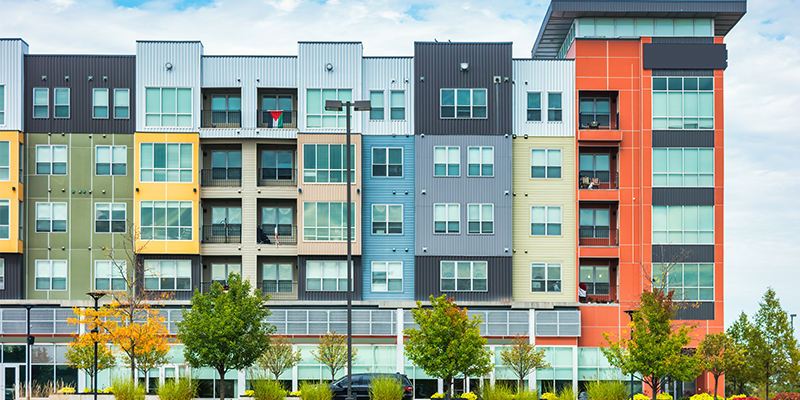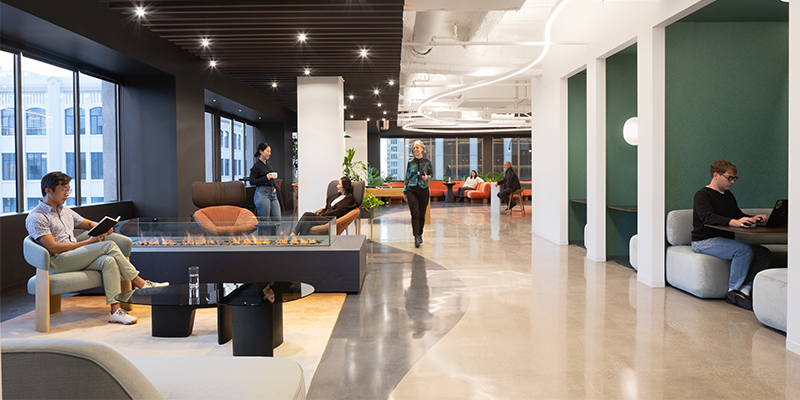By Marie Ruff
As global trade dynamics, food production patterns and technology adoption continue to reshape cold storage, investors and developers face new questions about where and how to deploy capital. Sean Gilbert, principal, Saxum Real Estate, moderated a session this week at NAIOP’s I.CON Cold Storage in Phoenix with panelists Brian Boehm, CIO, Envision Cold; Ryan Murphy, managing director, Lazard Freres & Co. LLC; and William Nelson, principal, cold storage investing, BGO.
Beyond Public Refrigerated Warehouses
“The biggest misconception in cold storage is that the cold storage space is only public refrigerated warehouses (PRW),” Gilbert said. PRWs are cold storage warehouses in which third-party logistics (3PL) companies operate facilities for food manufacturers and processors.
“Every publication and market research report is only speaking to the performance of the PRW space, specifically Americold and Lineage,” said Gilbert. The two companies are by far the largest refrigerated warehousing and logistics providers in North America. They have also generated headlines this year with below-expected earnings reports, which caught many people off guard.
The space is much deeper than that, Gilbert said, encompassing food processing, manufacturing, life sciences, pharmaceutical, private distribution facilities, meal prep, grocery and much more.
Gilbert asked the panelists, “How reflective do you think the performance of the two large public PRWs is of the cold storage industry as a whole?”
“When you think about it, it’s a bit of a perfect storm of headwinds from interest rates rising; a lot of building in the space because of how attractive it’s been historically; then you’ve got tariffs that have impacted a lot of different businesses,” said Murphy. Over the past year, there are fundamental issues impacting everyone in the food space, but they are just data points, he said. A lot of his company’s clients may wish there was more growth but think long term and are confident that fundamentally their businesses are strong.
“I think you have to be cognizant of what’s happening with the big public players, but they’re also in the public eye, and they’ve got public REIT investors who are looking at them on a quarter-to-quarter basis,” Murphy said.
“A lot of the folks in this room look at the cold storage space and investment over a longer time horizon than some of the public investors,” he added.
“It’s a tale of two worlds for us,” Nelson said. “You can’t hide from what’s going on in the markets and it’s been challenging. Investors piled into the space over the last five years thinking it’s an industry that’s bulletproof and there’s no way the cash flow ever goes negative … I think a lot of them have gone through an education phase in the last five years of what really drives occupancy fundamentals and cash flow fundamentals in the PRW space.”
The Impact of Tariffs and Global Trade Wars
It’s been a volatile business year with ongoing and unpredictable global trade wars and tariffs.
“We had the best January we’ve ever had; we thought we were doing a great job,” Boehm said. “But it turned out it was just everybody rushing stuff over the border to beat tariffs that were supposed to be coming in late January, early February, and then they got pushed to Liberation Day [April 2]. Then the rest of Q1 into the first half of Q2 were abysmal in the U.S.”
The tariffs have also prompted some shifts in business flow. Boehm noted that some of their markets, like Oakland, California, are feeling pressure from the China tariffs. Meanwhile, with global relations strained with Mexico, activity at a facility in Miami shot up as it received produce from South America.
“It’s really hard for us to plan our business and it’s really hard for our customers to plan their businesses,” Boehm said. “It’s really weird; it’s really hard to predict; it’s been an overall net-negative because of the uncertainty but I don’t know long-term what the effects are going to be yet.”
Shifts in Investors’ Appetites
“I think a lot of global investors still view the U.S. as an attractive investment play region but I would say they’re questioning that more and more,” Nelson said. “They’re asking a lot of questions and there are not a lot of answers.”
Due to the tariffs, there have been a lot of fits and starts this year, he said. “On the real estate side for development, you’re seeing an inability to make decisions, whether it’s rates or tariffs – it’s just been a volatile environment.”
For cold storage specifically, interest in building speculative freezer stopped around 12 months ago, Nelson said. Now, investors have shifted their attention to build-to-suits with reliable tenants and in strong markets.
Generally speaking, “down the risk curve is the theme for what we’re doing and seeing,” Nelson said.
“Despite the headlines, U.S. food and food infrastructure is long term very attractive to buyers, especially international buyers, in terms of cold storage,” Murphy said.








